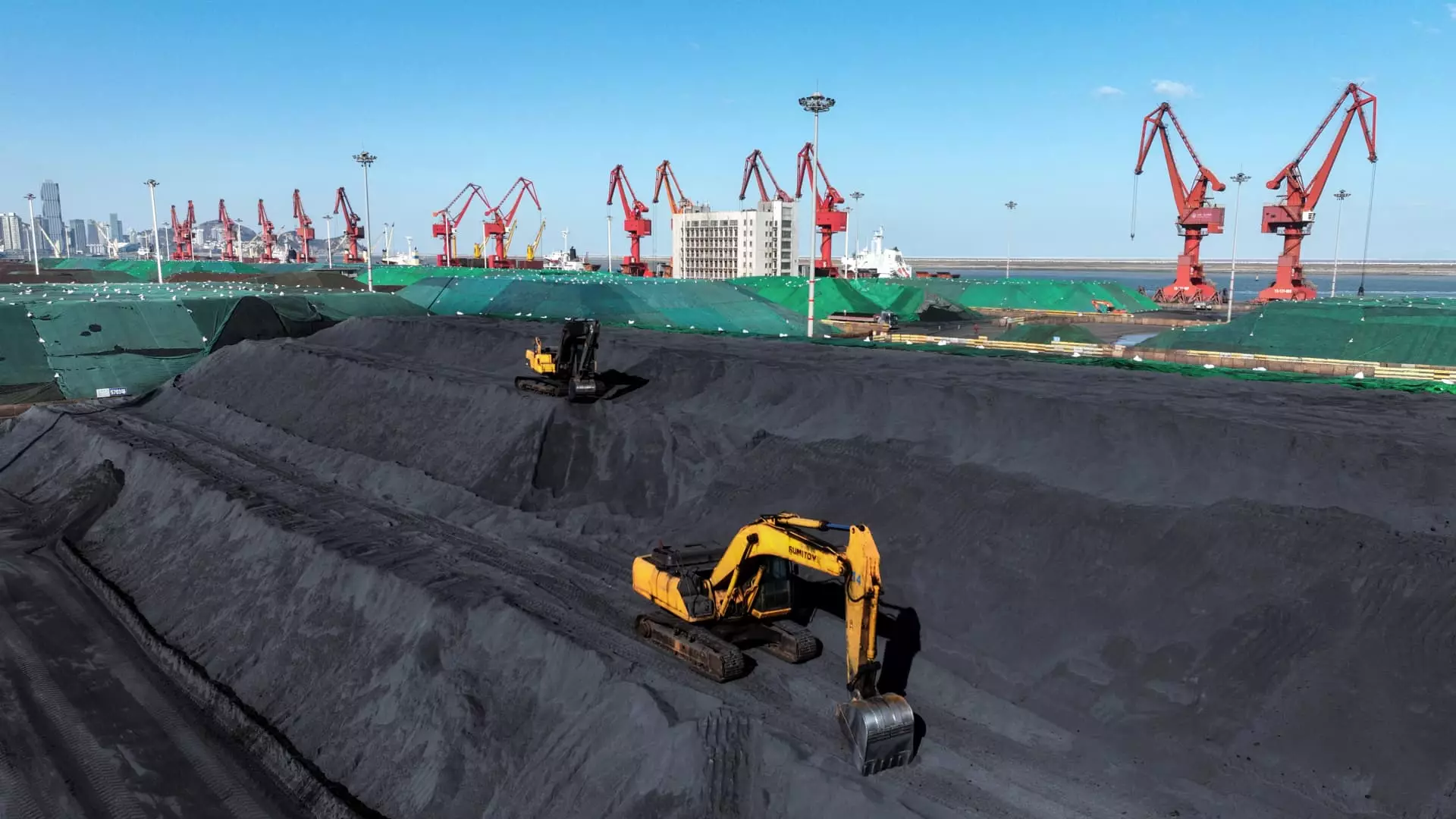In August 2023, China’s industrial profits experienced a striking downturn, plummeting by 17.8% compared to the same month the previous year. This sharp decline marked a significant contrast to the previous month when industrial profits had surged by 4.1%, the highest growth rate observed in five months. The data, released by the National Bureau of Statistics, underscores the growing economic difficulties faced by China, which encompasses critical sectors including factories, mines, and utilities.
On a broader scale, when examining the first eight months of 2023, the profits generated by large industrial firms in China still show a modest increase of 0.5%, amounting to 4.65 trillion yuan (approximately $663.47 billion). However, this figure pales in comparison to the 3.6% growth experienced during the initial seven months. Such mixed results reveal a concerning trend: while there are periods of growth, the industrial sector’s overall health remains fragile amidst ongoing economic challenges.
The Response of Chinese Authorities
In light of this economic turbulence, the Chinese government has intensified its efforts to stimulate growth, particularly as fears mount that the country may fall short of its GDP target of around 5% for the year. The combination of weak domestic demand, a prolonged slump in the housing market, and rising unemployment has created an adverse environment for growth. During a high-level meeting led by President Xi Jinping, government officials formulated plans aimed at combating the real estate crisis and enhancing both fiscal and monetary policy support.
In a crucial move, the People’s Bank of China took action by lowering the reserve requirement ratio (RRR) for banks by 50 basis points, a decision aimed at increasing liquidity in the financial system. Additionally, the central bank reduced the 7-day reverse repurchase rate from 1.7% to 1.5%, encouraging borrowing and investment. These monetary policy adjustments, as announced by the central bank’s governor Pan Gongsheng, are seen as necessary steps to counteract the downward economic spiral.
Alongside the industrial profit decline, other economic indicators also indicate a slowdown in momentum. In August, industrial production saw a mere 4.5% increase, while retail sales were only slightly better at just over 2%. Furthermore, fixed asset investment in the real estate sector witnessed a significant decline, falling by 10.2% year-on-year, continuing the same rate of decline as observed in July. Compounding these challenges, urban unemployment crept up to 5.3% in August, reflecting mounting economic stress on the population.
The alarming drop in industrial profits and the accompanying sluggish growth in key economic indicators signify that China is navigating through a complex web of challenges. The government’s recent interventions highlight the urgency of stabilizing the economy amid concerns over sustainability and growth targets. The combination of monetary tightening and a directive to bolster fiscal support may provide a necessary foundation, but addressing domestic demand and revitalizing critical sectors remains essential. As China strives to rebalance its economy, the effectiveness of these measures will be paramount in determining its economic trajectory in the months ahead.

Leave a Reply